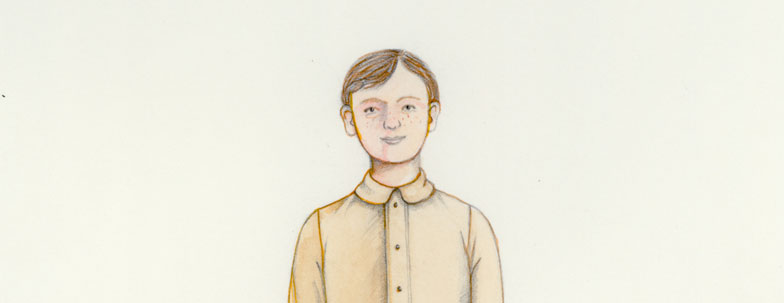Ah, Wilderness!

Written by
Eugene O'Neil
Directed by
Dan Sullivan
Scene Designer:
Tom Lynch
Lighting Designer:
Peter Kaszarowski
Produced by
The Vivien Beaumont Theater at Lincoln Center
for Performing Arts, New York, New York
Venue:
The Vivien Beaumont Theater at Lincoln Center
for Performing Arts
Year:
1998
Eugene O’Neill’s Ah, Wilderness is an uncharacteristic play even for a playwright who experimented with many styles and techniques. In 1933, shortly after finishing the play, O’Neill wrote the following to his son: “It has very little plot. It’s more the capture of a mood, an evocation of the spirit of a time that is dead now with all its ideals and manners and codes….the period in which my middle ‘teens’ were spent…a memory of the time of my youth …though there is little actually autobiographical about it except a few minor incidents which don’t touch the story at all…It’s not a play one can explain. Perhaps if I give you the subtitle you will sense the spirit of what I’ve tried to recapture in it: ‘A nostalgic comedy of the Ancient Days when Youth was Young, and Right was Right, and Life was a Wicked Opportunity’. Yes, it’s a comedy- and not in satiric vein…and not deliberately spoofing at the period to which we now , in our hopeless befuddlement and disintegration and stupidity, feel so idiotically superior, but laughing at its absurdities while at the same time appreciating and emphasizing its lost spiritual and ethical values”.
I had not designed costumes for any of O’Neill’s plays when director Dan Sullivan asked me to work with him on Ah, Wilderness! in 1998. Before our first meeting I was, in fact, quite skeptical about the whole project. I was asking myself what merit this nostalgic and seemingly old-fashioned play had for contemporary audiences. I arrived at the meeting with Dan Sullivan with a page of somewhat cynical observations that I had jotted down while reading the play. Dan stopped me short by saying that the play presented us with an argument for the possibility of conjugal happiness and innocent love. True, our generation had largely relegated the contemplation of such possibilities to sentimental films and TV dramas, but that does not mean that they no longer have value. The characters in the play are not one-dimensional. O’Neill painted them with a subtle brush with great warmth and compassion. Eugene O’Neill was married three times and two of his three children committed suicide. Though these deaths occurred many years after O’Neill wrote the play, these facts entered into our conversation about the production we were creating.
It was Dan’s intention to cast actors who would be able to bring out the somewhat hidden complexity of the characters and lead the audience into the story. It was important that there not be any barrier between the characters and the audience. Any possibility of stereotyping the characters had to be avoided. The costumes I was to design were crucial to the success of this intent. The play takes place on July 4th, 1906, and the setting is presumed to be New London, Connecticut. Sixteen year old Richard Miller is the protagonist of the play. The plot centers on his youthful recklessness and its consequences. Dan wanted to retain the look of early 20th century middle class America, but did not want the costumes to come between the characters and the audience. This meant that I had to make sure that the costumes were authentic but without too much period detail which could feel odd to the audience and could cause them to view the play as dated and irrelevant. I was able to meet this challenge because I have never allowed myself to simply reproduce period research. Throughout history, the works of art that are the source of designers’ research have reflected to lesser or greater degree artistic and cultural stylization and idealization. If designers do not take this fact into consideration when designing costumes, they may be trapped into creating a myth instead of reality. So when designing costumes for middle class Connecticut family in the early 20th century I did not look at fashion magazines of the period, but concentrated instead on photographic research that captured life in small town Connecticut in the early 20th century. I presumed that like many women of her time, Mrs. Miller made some of her own and her children’s clothing. The men’s suits would have been ready made, their fit less elegant than the suits of more wealthy men who had the means to have their suits made to order. I was fortunate to have a budget that allowed me to construct the majority of the costumes. This meant that I was able to control every choice of fabric and trim and to direct the construction of costumes to reflect the way these garments would have been made in early 20th century Connecticut. Even more effort went into helping actors understand the lives that these people lived, how they related to clothing, and to their bodies, to their appearance. I always find the collaboration with actors more satisfying than my collaboration with singers, primarily because good actors are more aware of their physicality and how costumes help them transform it to fit with each character they are asked to portray.
Next production, Aida.